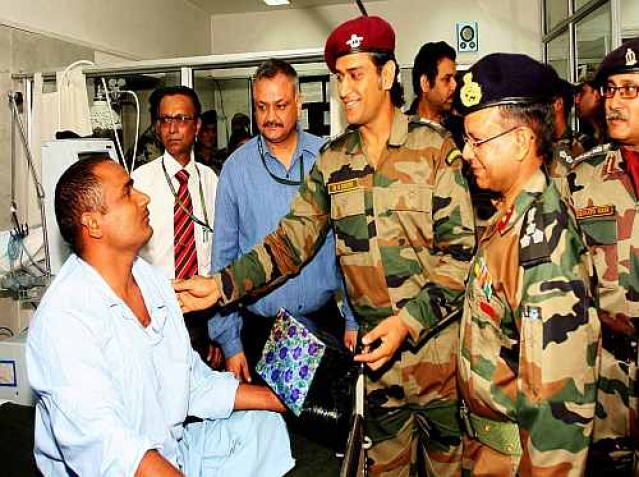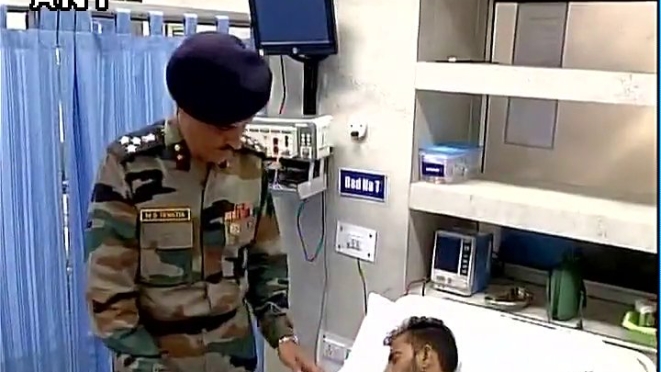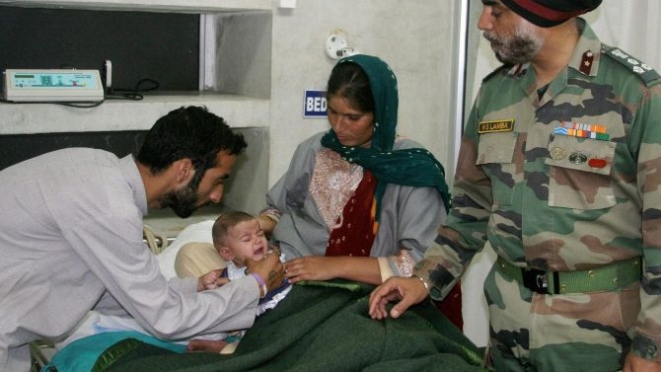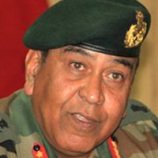
SNAPSHOT
This is a motivation and leadership-based essay with its backdrop being the iconic 92 Base Hospital located at the Badami Bagh Cantonment in Srinagar. It is a common belief among soldiers that if you are delivered to 92 Base Hospital with your life hanging even by a thread, it is guaranteed that you will live.
I attend various seminars on leadership and speak on it all over the country and abroad. It is fun and sometimes humorous to hear gurus of every hue hold forth on various scientific theories on leadership and how to make it more effective. I rarely speak with reference to such theories as I am unfamiliar with them, and pepper my talk with examples of a lifetime of challenging situations. The term challenge is comparative and perceptional; each to his own way of considering something as a challenge. From warriors stories of valour are expected as related to leadership. Yet, there are more stories not related to battle which make up the repertoire of military leadership case studies.
I recall that when I was appointed to head the Srinagar-based Chinar Corps in 2010, even as Kashmir burned, the challenges were many, each in competition with the other. I mulled over what my first gesture on assuming command should be because that is a symbolic message people you lead, always look to.
It wasn’t difficult to arrive at a decision because for most soldiers life of fellow soldiers is an abiding priority. It’s the Army’s 92 Base Hospital (BH) at Badami Bagh, where lifesaving is done if a casualty occurs in operations or even due to the plethora of life-threatening situations, which are ever present in the life of army personnel in Kashmir. It is the same hospital, which rose magnificently to the occasion, when casualties came streaming in during Kargil 1999. As the staff came to me to take directions on what would be my first activity I made it clear, much to their surprise, that it would be a visit to 92 BH. The idea was to meet not only convalescing patients suffering from gunshot wounds or other debilitating injuries but more importantly to motivate and encourage the medical staff. It is they who needed to maintain the institutional image that a soldier could consider 92 BH as a sure-shot life saver once he had taken the necessary risks in operations for his nation and his fellow soldiers.

Word of my visit spread like wildfire; first it took 92 BH by surprise because in the perception of the medical staff, medical assistance and lifesaving was hardly a priority for senior military officers, whose focus was on operational effectiveness and achieving the task. In that focus the medical field could hardly be the highest priority. That is exactly the perception I wished to change and convey to them; that they were my priority people, who would ensure the motivation of the troops by their energetic commitment to those who became casualty in the daily run of operations.
Where did this aspect of my psyche come from? Officer warriors are sensitive people; we do not forget experiences and especially bad ones. At the rank of a senior Major in Sri Lanka in 1989, my convoy was ambushed and there were casualties on my hands. The militants had quickly broken contact and vanished into the labyrinth of lanes and by-lanes of the built-up area leaving dying men in my arms. I did not consider it worth chasing from a position of disadvantage and would rather save lives. I ceased the operation in which the initiative was not with me and proceeded to evacuate the casualties on priority; they all lived.
However, I was taken to the cleaners for giving priority to the saving of lives rather than to the chasing of militants to gun down a few for brownie points of the formation (my unit never questioned my wisdom but the brigade commander did because the men were not his, although as the commander every life was actually as much his responsibility). The incident never left my memory.
Through my career I continued to preach to my subordinates that in conventional operations casualties would always be second priority, to be attended to as soon as there was a lull in battle. That was how we always looked at the issue of casualties in battle situations. However, I was also aware that in hybrid and irregular operational situations militants and terrorists had short life spans; if not killed in one encounter they would meet their fate at our or someone else’s hands in a matter of days. What mattered more were the lives of the soldiers. That is the priority I wished to convey to the excellent medical staff at 92 BH, give them a feeling of the significance of their responsibility which in turn would convey back to the soldiers that they could take risks in an environment where lifesaving would receive the highest priority as long as there was no loss of national territory.

The need to keep motivated those who perceive that their importance is lower in the scheme of things and many times those who suffer from low esteem due to the very nature of their duties, is an abiding belief in my style of leadership. In early 2012, Kashmir was having a bad winter and that means avalanches on vulnerable army posts or garrisons. One such avalanche hit the Gurez Garrison wiping out 18 good soldiers while another at Sonamarg on the same night took the lives of three more. With 21 fatalities, the priority became the rapid move of the mortal remains to the soldiers’ homes. For that they needed to be prepared for transportation.
92 BH was tasked, as always, to perform post mortem, stitch and prepare the 21 cadavers in 24 hours with all documentation in place. Everything was ready for the wreath-laying ceremony, where we paid our last respects to our fallen comrades, covered by national television. With the ceremony over, and the mortal remains on their way to soldiers’ homes, it was now up to me to show the right sensitivity. I chose to change my programme of the morning, from flying to the Line of Control, to a more somber visit to 92 BH. I asked someone to immediately organise samosasand tea for 20 people, who I wished to fete. That done I announced that I wished to meet every single man involved in the task of post-mortem and the preparation of the mortal remains; those who kept awake the entire night performing a job considered distasteful by many and below their dignity by some.
Little did I know that most of the working people at the morgue were housekeepers (safaiwalas – as per previous nomenclature). On learning this, each member of the morgue and pathology staff was addressed, hands pumped and backs thumped. It conveyed exactly what I needed to convey – that no job that was performed was too small for recognition; even the perceived lowly jobs made a difference to our effort.
A few days ago, I met a lady doctor, who arrived at 92 BH after I had left Srinagar. She excitedly came up to me in a large gathering and said she wanted to meet me because everyone in 92 BH remembered these moments with great nostalgia. The nursing staff remembered the facilities provided in their mess and the provision of heated vehicles to transport them for night and emergency duty. The time and energy invested in 92 BH was minimal, in fact miniscule but the dividend of that investment was huge. That is why leaders must always know where the priority lies. It does not lie in the most glamorous, romantic and media-hyped entities but in the unsung and practical ones, where ordinary human beings will deliver for everyone much greater output than the effort which will go in motivating them.
92 BH remains one of the best known landmarks of the Indian Army in the Valley. Not only the Army, all police forces and even many civilians will swear by its ability to keep people alive even though all hope may have been lost. To its tireless doctors, nurses and medical staff, I convey the nation’s gratitude.
The writer is a former GOC of India’s Srinagar based 15 Corps, now associated with Vivekanand International Foundation and the Institute of Peace and Conflict Studies.

